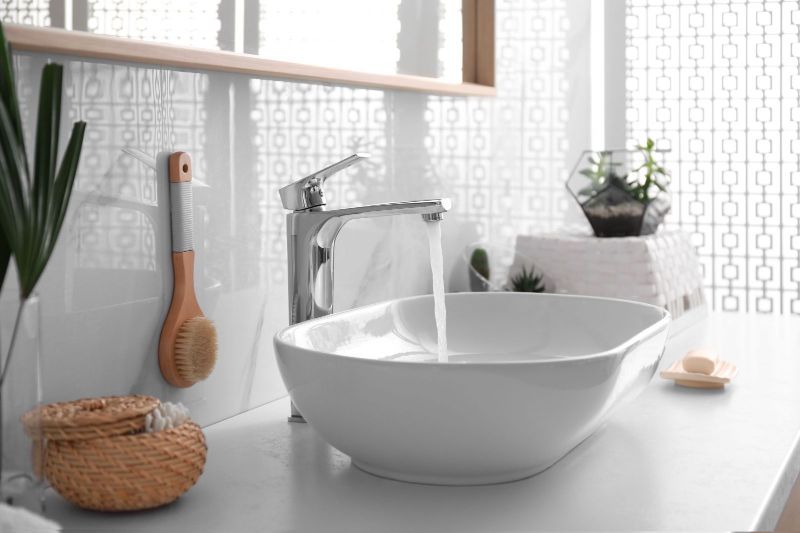Your bathroom sink is one of the most used fixtures in your home. It sees a lot of wear and tear over time, and it can start to look dingy and dull. If you're not happy with the appearance of your sink, there's no need to replace it entirely. Sink resurfacing is a cost-effective way to restore your sink to its original beauty and shine.
What is sink resurfacing?
Sink resurfacing is the process of repairing and refinishing an existing sink. It can be used to fix chips, cracks, and stains, and to restore the sink's original finish. Sink resurfacing can be done on a variety of materials, including porcelain, enamel, fiberglass, and cast iron.
Benefits of sink resurfacing
There are many benefits to sink resurfacing, including:
- Cost-effective: Sink resurfacing is much less expensive than replacing a sink entirely.
- Convenient: Sink resurfacing can be done in one day, and you don't have to remove the sink from your cabinets.
- Durable: The new finish on your sink will be durable and long-lasting.
- Eco-friendly: Sink resurfacing helps to reduce waste by preventing old sinks from going to the landfill.
How sink resurfacing works
The sink resurfacing process typically includes the following steps:
- Preparation: The sink is cleaned and any damage is repaired.
- Priming: The sink is primed to help the new finish adhere properly.
- Refinishing: The sink is refinished with a new coating of enamel or other material.
- Curing: The new finish is allowed to cure for a period of time.
Different types of sink resurfacing
There are two main types of sink resurfacing: epoxy and porcelain.
Epoxy resurfacing is a DIY-friendly option that is relatively inexpensive. It involves applying a layer of epoxy to the sink to create a new finish. Epoxy resurfacing is a good option for sinks that are in good condition overall but have some minor blemishes.
Porcelain resurfacing is a more durable option than epoxy resurfacing, but it is also more expensive. It involves applying a layer of porcelain to the sink to create a new finish that is indistinguishable from the original porcelain. Porcelain resurfacing is a good option for sinks that are damaged or have deep stains.
Choosing the right sink resurfacing company
When choosing a sink resurfacing company, it is important to do your research. Read online reviews and ask friends and family for recommendations. Be sure to select a company that is experienced and has a good reputation.
How to prepare for sink resurfacing
There are a few things you can do to prepare for sink resurfacing:
- Empty the sink and remove all fixtures.
- Clean the sink thoroughly with a mild soap and water solution.
- Remove any silicone caulk around the sink.
- Cover the surrounding area with drop cloths to protect it from paint or epoxy.
What to expect after sink resurfacing
After sink resurfacing, you will need to allow the new finish to cure for a period of time. This typically takes 24-48 hours. Once the finish is cured, you can reinstall your sink fixtures and start using your sink again.
Tips for keeping your sink looking its best
To keep your sink looking its best, follow these tips:
- Clean the sink regularly with a mild soap and water solution.
- Avoid using abrasive cleaners or scrubbers, as these can damage the finish.
- Wipe up spills immediately.
- Apply a sealant to the sink every few months to help protect the finish.
Sink resurfacing is a great way to restore your bathroom sink to its original beauty and shine. It is a cost-effective and convenient option that can be done in one day. With proper care, your refinished sink will last for many years to come.


 Facebook
Facebook
 Google
Google